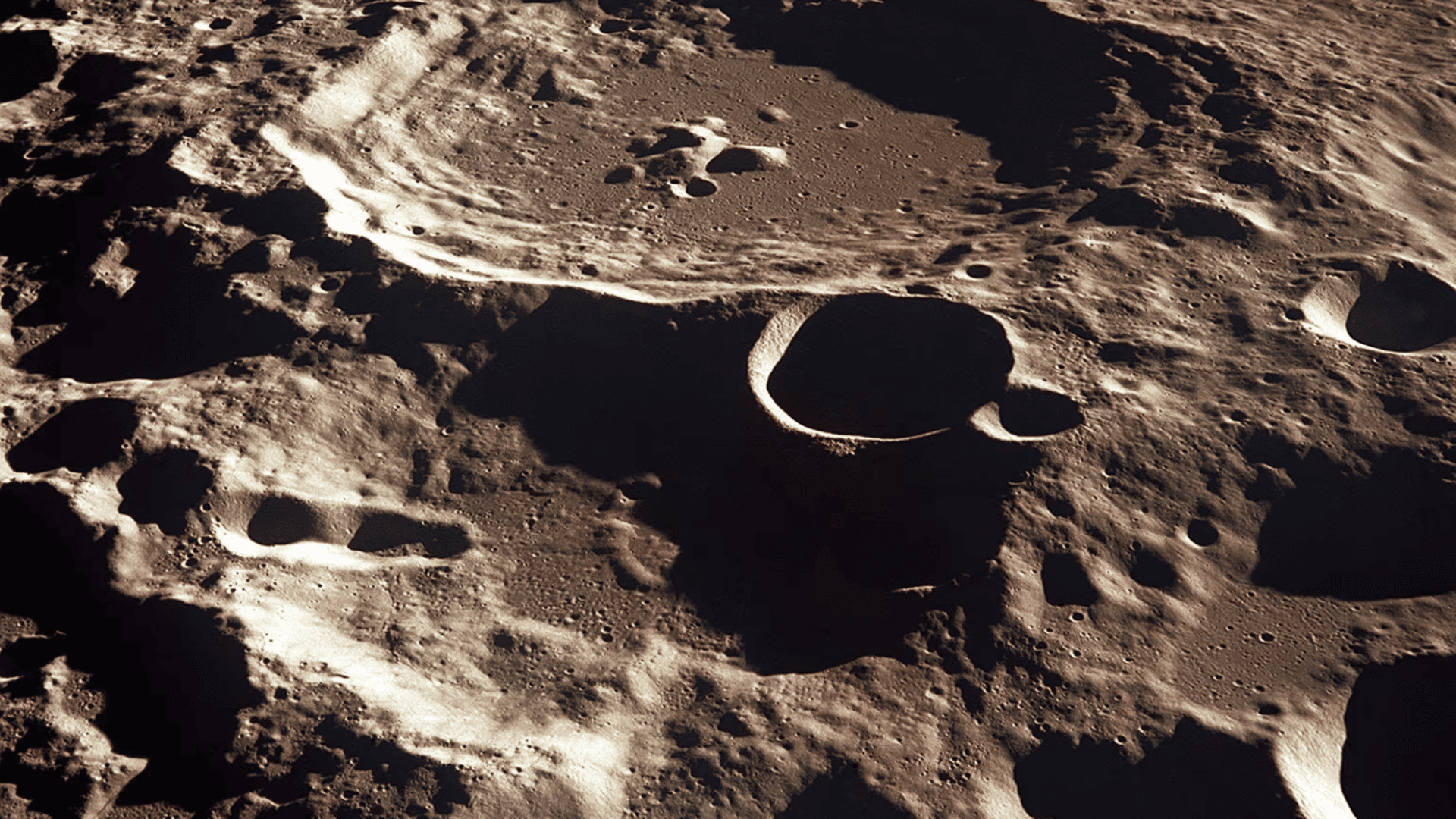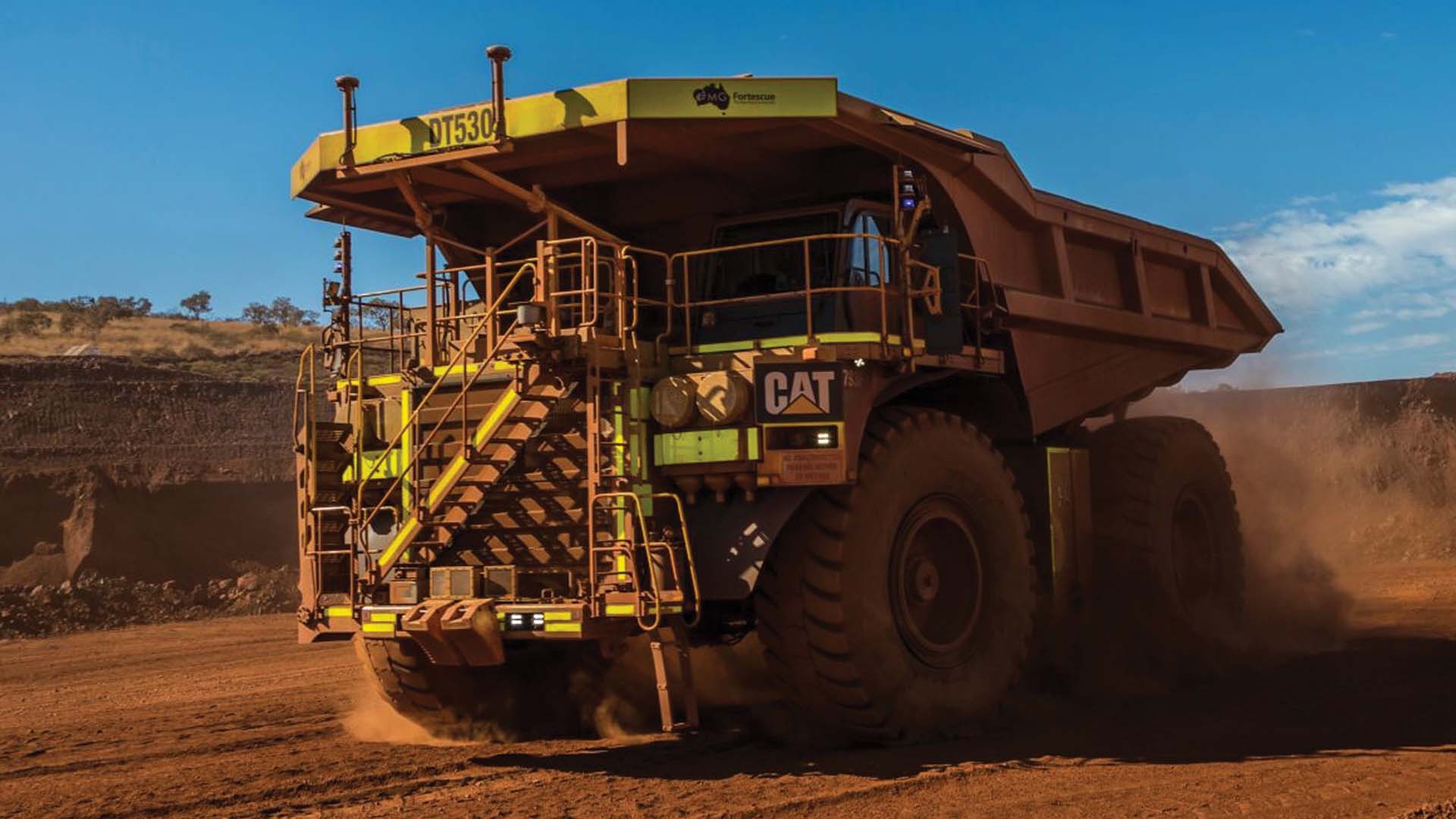Scientists are now predicting that the building-sized asteroid that was originally set on a collision course for Earth will strike the Moon instead. But how will that impact us on Earth?
What Happens if ‘City Killer’ Asteroid Hits the Moon?

Originally discovered at the end of 2024, researchers thought the space rock would hit our planet by December 22, 2032. According to NASA, ground- and space-based telescopes helped astronomers rule out an Earth impact.
Researchers now believe YR4 could instead hit the Moon, which could send fine-grained lunar material careening toward Earth. Though experts don’t believe this would lead to significant physical danger, it could damage lunar infrastructure, satellites around the planet, or any missions in low-Earth orbit.
The asteroid is approximately 200 feet (60 meters) in diameter, according to observations by the James Webb Space Telescope in March.
“Size equals energy,” Julien de Wit, associate professor of planetary sciences at the Massachusetts Institute of Technology, who observed YR4 with Webb, said, according to CNN. “Knowing YR4’s size helped us understand how big of an explosion it could be.”
Asteroid YR4, colloquially dubbed a “city killer” due to the small-scale devastation it could cause by hitting Earth, will most likely collide with the near side of the Moon. According to the authors of a recent paper submitted to the American Astronomical Society journals, the collision could create a bright flash that would be visible to the naked eye for several seconds.
“YR4 is so faint and small we were able to measure its position with JWST longer than we were able to do it from the ground,” said Rivkin, who has been leading the Webb study of YR4. “And that lets us calculate a much more precise orbit for it, so we now have a much better idea of where it will be and won’t be.”
The strike could also create a 0.6-mile (1-kilometer) impact crater on the Moon, which could release up to 220 million pounds (100 million kilograms) of lunar rocks and dust. Large sand-grain-sized particles could reach Earth between a few days and months of the asteroid collision.
This could create an intense meteor shower that may significantly impact Earth’s satellite fleet. Though researchers don’t believe the event will cause a Kessler Syndrome scenario, or a catastrophe where broken satellites collide and damage one another in a domino effect and fall to Earth, they do believe the small debris could damage satellite parts while allowing them to remain in one piece.
“There’s absolutely no danger to anyone on the surface,” Wiegert said. “We’re not expecting large boulders or anything larger than maybe a sugar cube, and our atmosphere will protect us very nicely from that. But they’re traveling faster than a speeding bullet, so if they were to hit a satellite, that could cause some damage.”







